Important HR Documents and Their Usages (With 20+ Samples)
Get to know some of the most important HR documents in the workplace through the following samples:
-
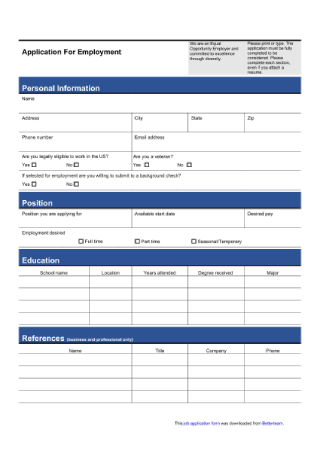
Application for Employment
Establish a systematic procedure of processing job candidates through an application form.
-
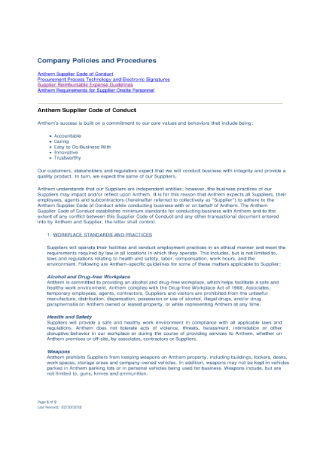
Company Policies and Procedures
Set company policies and procedures by putting them in writing.
-
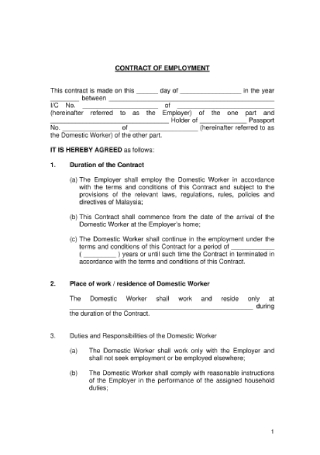
Contract of Employment
Form a binding agreement with new company hires by having an employment contract in place.
-
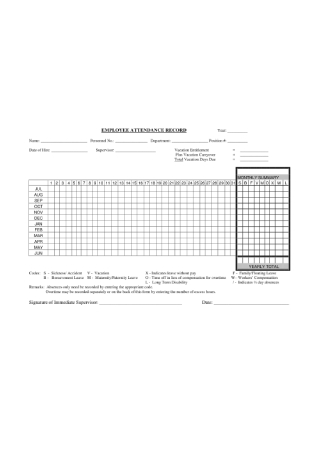
Employee Attendance Record
Use a record to keep track of your employees’ days of attendance, absence, and tardiness.
-
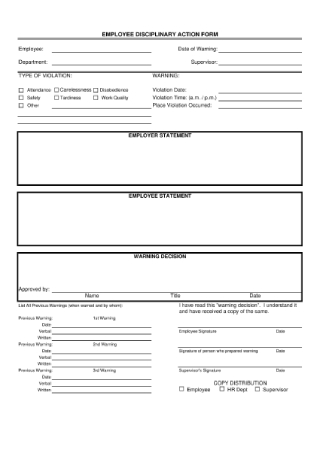
Employee Disciplinary Action Form
Maintain a healthy work environment by taking disciplinary action against unruly behavior.
-
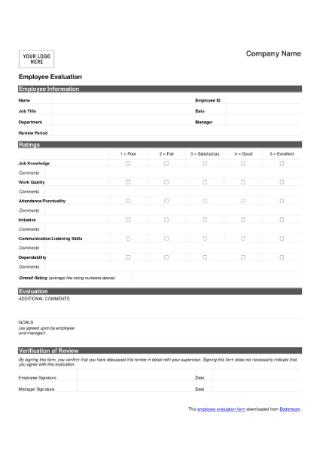
Employee Evaluation Form
Conduct an evaluation of company employees with the help of this form.
-
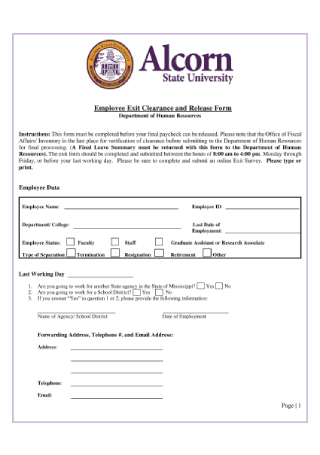
Employee Exit Clearance and Release Form
Use an exit clearance and release form to finalize an employee’s resignation or termination.
-

Employee Handbook
Guide employees on the rules and regulations of the company through a handbook.
-
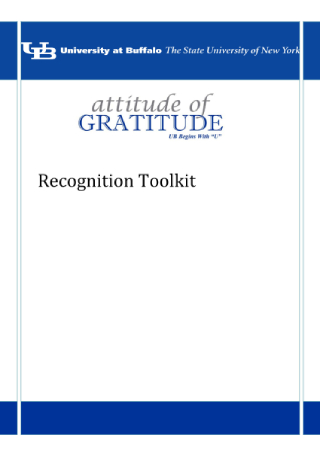
Employee Recognition Toolkit
Recognize employee contributions with the help of the toolkit provided.
-

Employee Termination Report
Keep a record of an employee’s separation from employment through a written report.
-
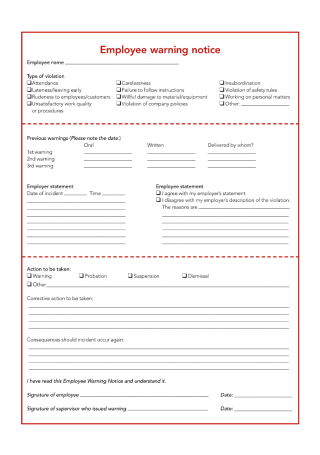
Employee Warning Notice
Notify employees of a violation or action that has been committed using this sample.
-

HR Privacy Notice
Inform employees of how their data will be managed by sending out a privacy notice.
-
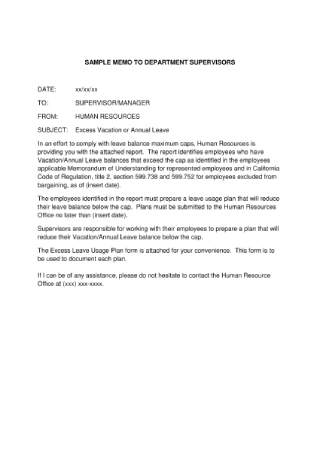
Human Resources Memo
Create a memo to quickly deliver information to a particular group of recipients.
-
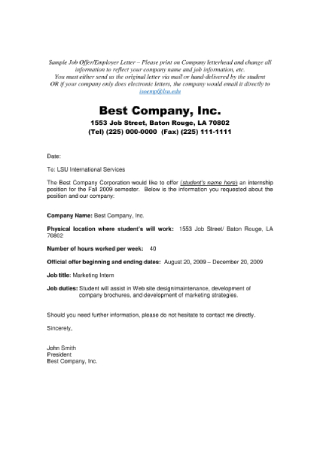
Job Offer Letter
Simplify the hiring process by sending a job offer letter to selected candidates.
-
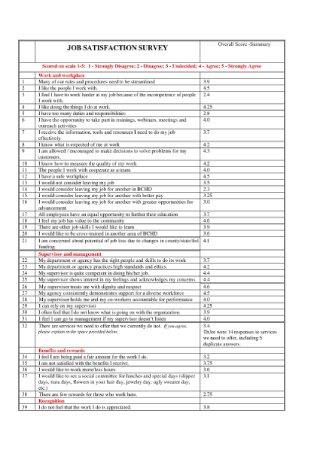
Job Satisfaction Survey
Assess whether stakeholders are satisfied with the job done by administering a survey.
-
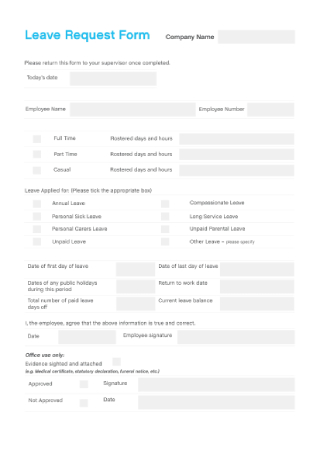
Leave Request Form
Allow staff members to request time off from work by filling out a leave request form.
-
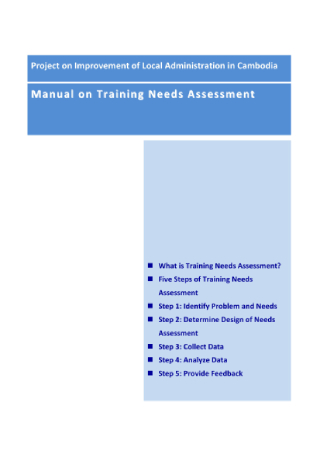
Manual on Training Needs Assessment
Understand the fundamentals of a training needs assessment with the help of this manual.
-
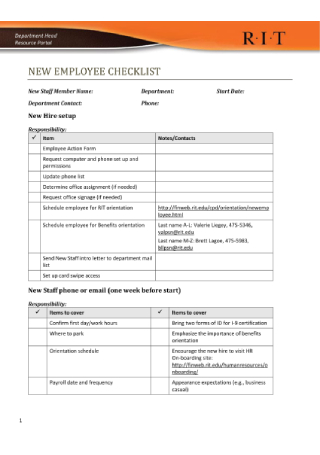
New Employee Checklist
Manage new staff members by using a checklist as your guide.
-

New Employee Onboarding Checklist
Prepare to onboard new employees by using a checklist to make sure all bases are covered.
-
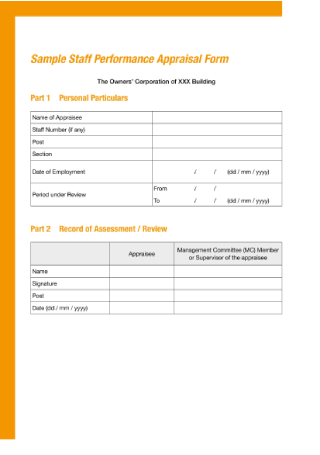
Staff Performance Appraisal Form
Provide feedback on an employee’s job performance through an appraisal form.
FREE HR Documents s to Download
Important HR Documents and Their Usages (With 20+ Samples)
HR Documents and How They Are Used
The Use of Documentation
HR Documents and How They Are Used
HR documents are generally made up of government and legally mandated elements that are designed to meet company and human resource policies and practices. From forms, letters, and checklists, to policies, reports, and records, each of these HR documents plays a key role in the company’s overall operations. Listed below are some of the common documents prepared and processed by human resources.
The Use of Documentation
Documenting critical incidents, whether positive or negative, enables the company to keep a record of employee performance from a period of time. Important documents like these can be useful for the company to assess how employees must be trained, disciplined, or rewarded based on the behavior and performance that have been demonstrated. Without proper documentation, hiring and terminating staff members will be all the more difficult for managers to do. Employers simply aim to build a work environment that is fair, consistent, and supportive of the growth and development of each of their employees.
